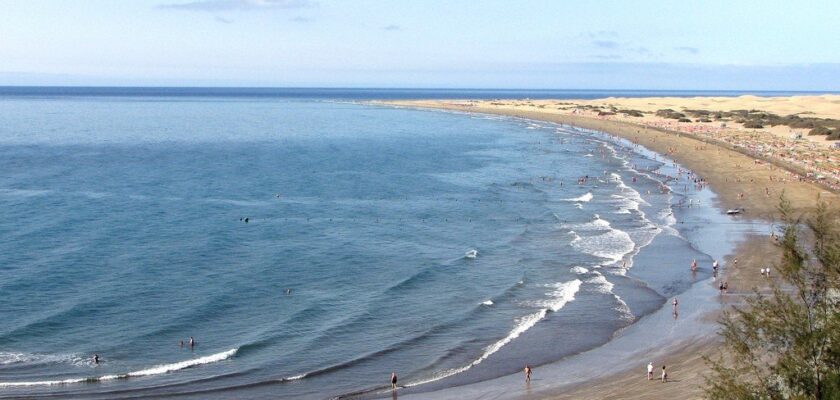Gran Canaria
Gran Canaria is the third largest island of the archipelago and the most popular resort of the Canary Islands. Here you will find numerous sights, gorgeous beaches, picturesque landscapes, a vibrant nightlife and really good restaurants. The island is almost circular. It has an area of 1,530 km² and 235 km of coastline, with more than 20% of this line being beaches.
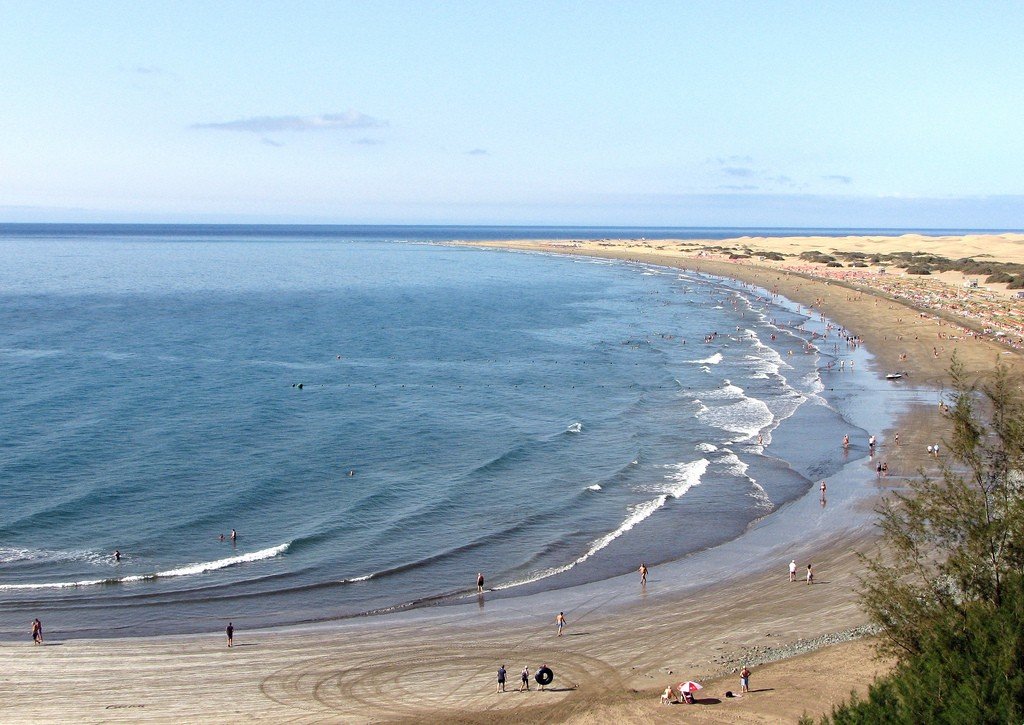
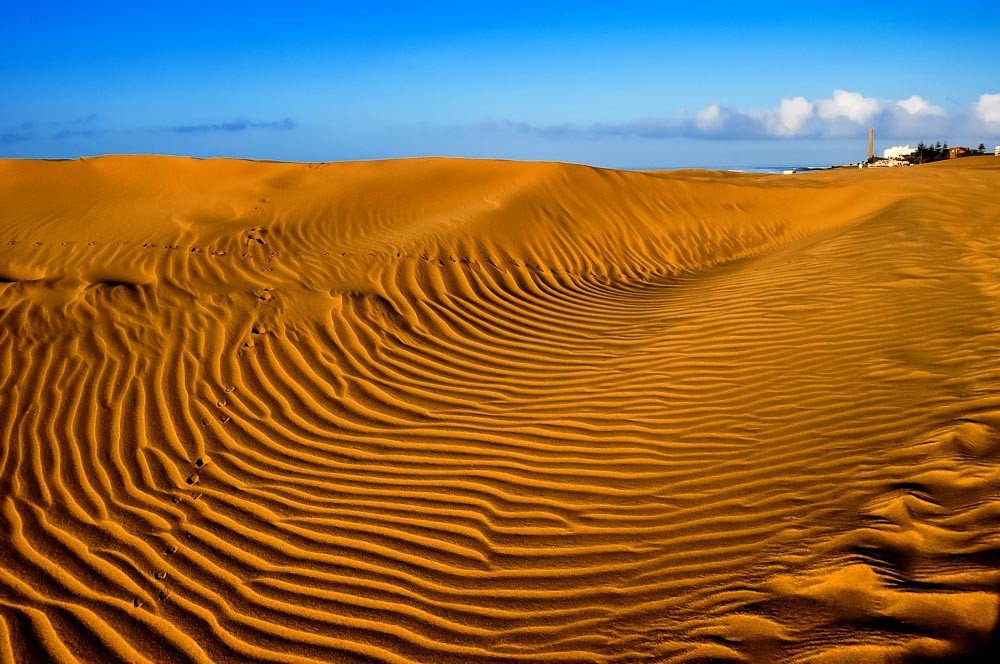
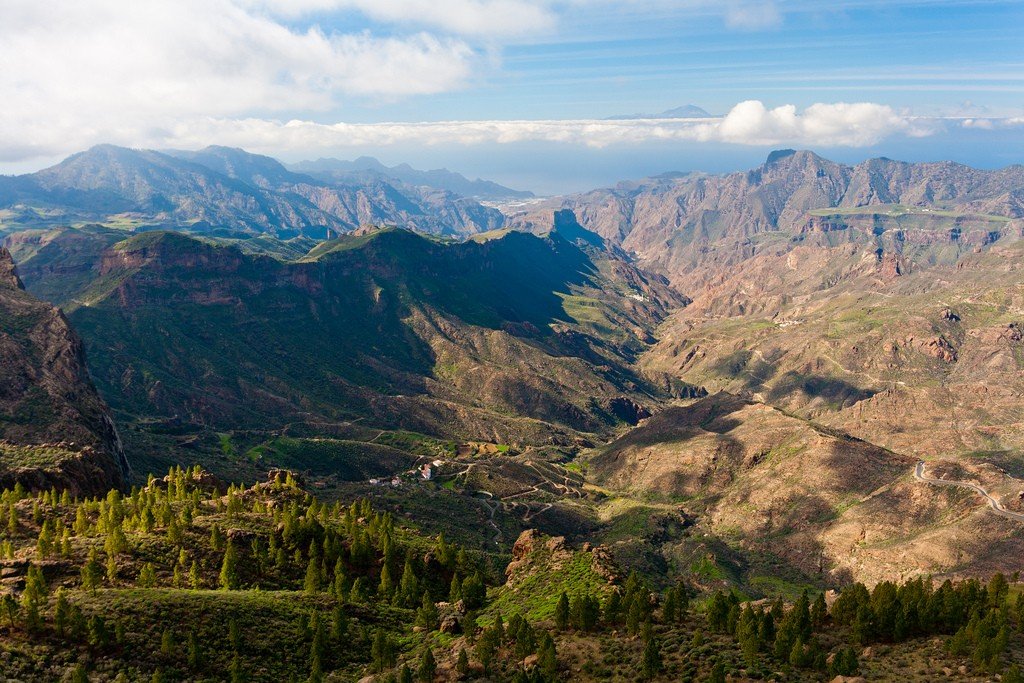
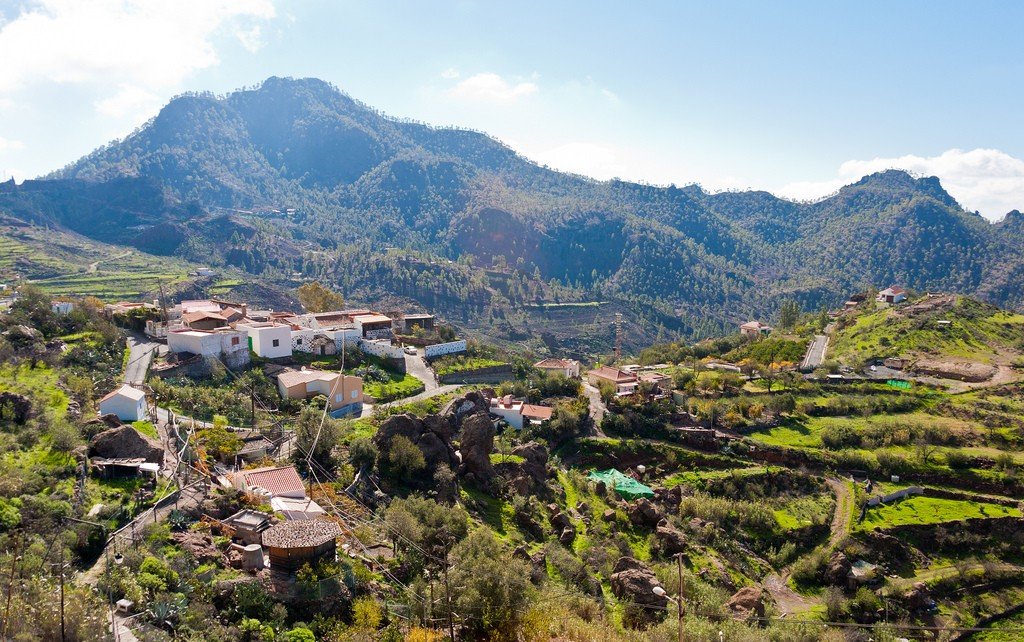
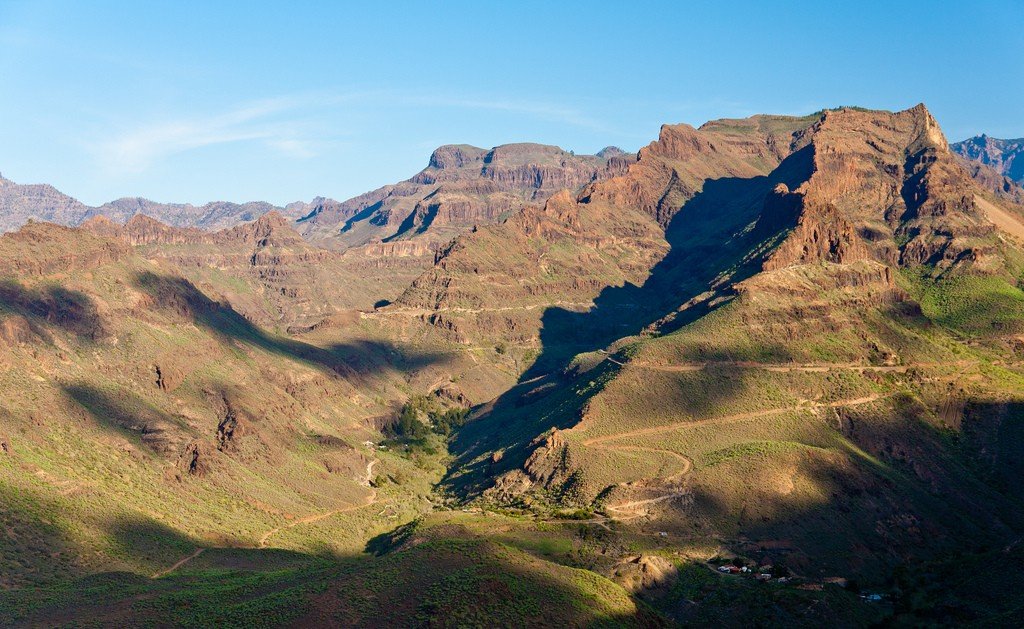
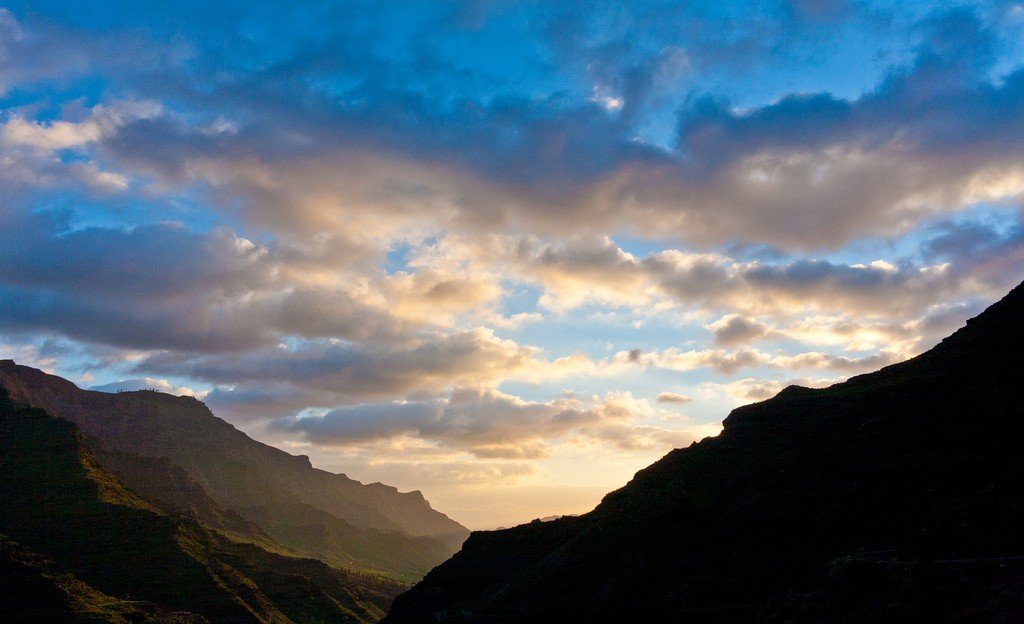
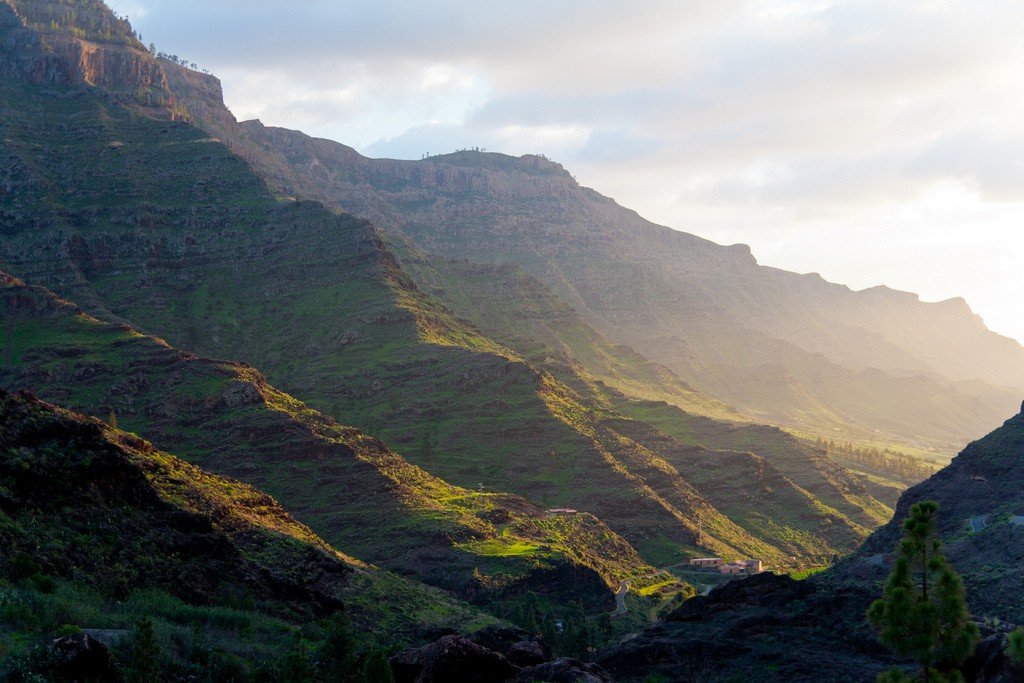
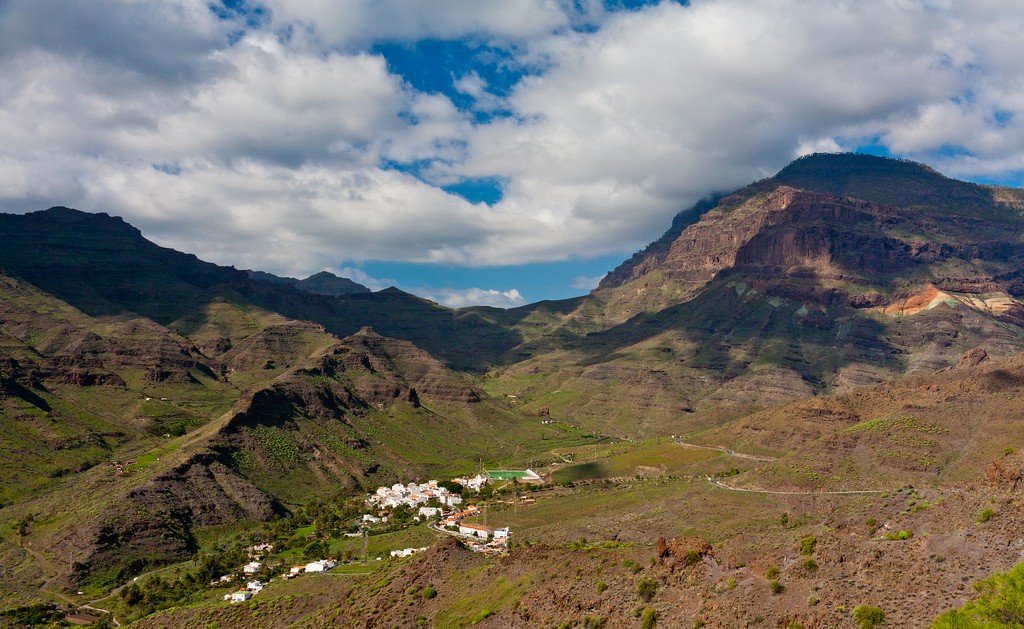
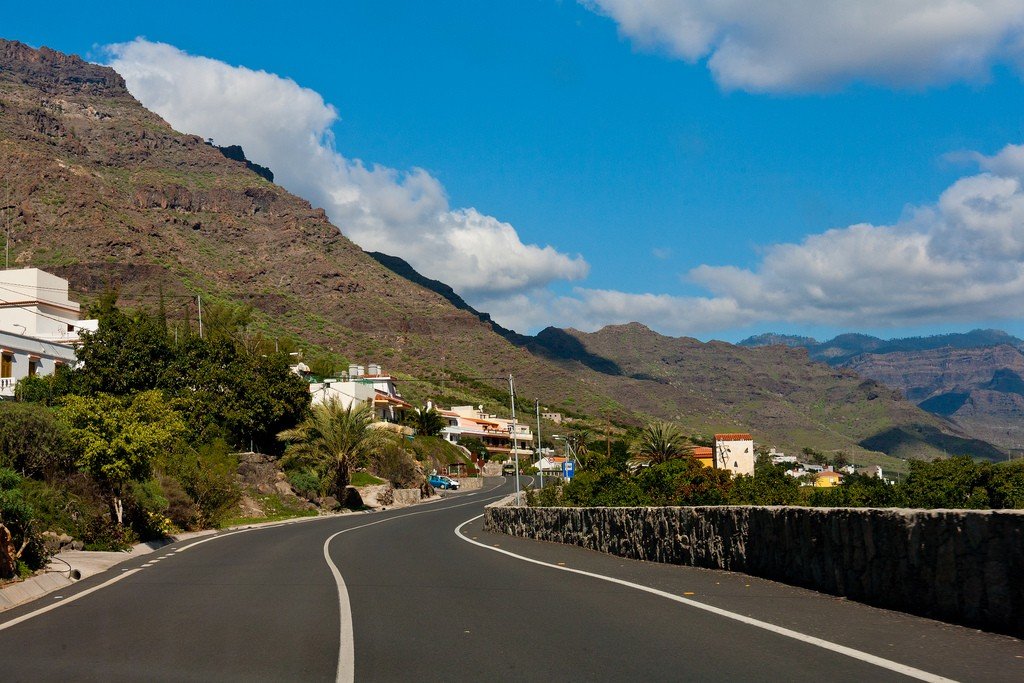
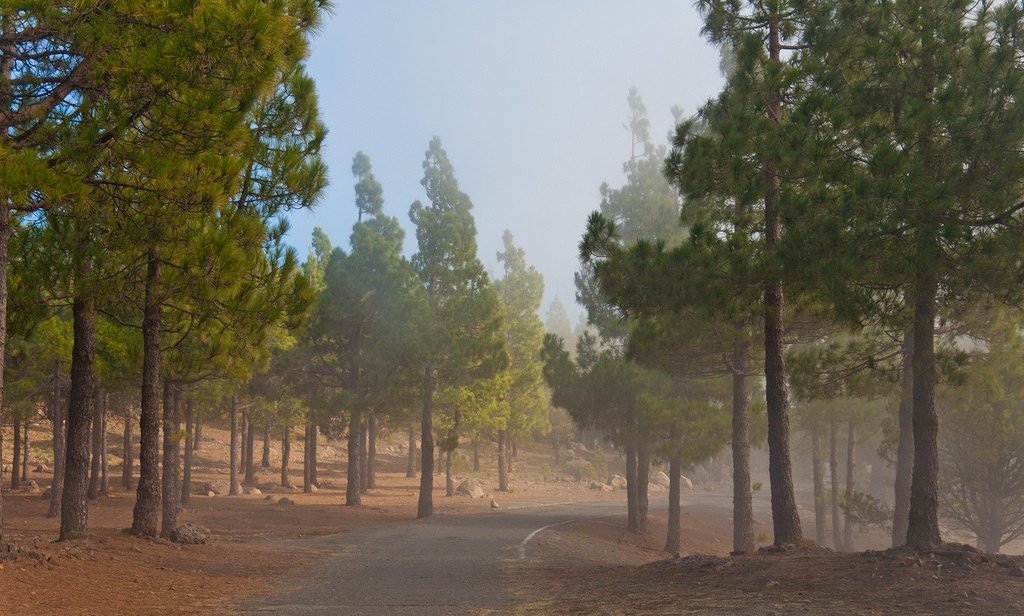
Video: Gran Canaria
ContentsHighlights
Gran Canaria’s biggest attraction, a huge 8-kilometer beach, is occupied by three resorts, San Agustín Playa del Inglés and Maspalomas. Recreational activities include water sports and entertainment venues, but much more impressive are the sand dunes and palm oasis at Maspalomas. Smaller resorts can be found on the west coast, including the fishing port of Puerto de Mogán (with good seafood) and the secluded Playa de Guigui. The mountainous nature of the island determines the dramatic changes in weather depending on latitude and altitude. In the morning you can leave the humid and overcast Las Palmas and in an hour you can be sunbathing in Maspalomas.
.Las Palmas de Gran Canaria, the growing capital and largest city of the Canary Islands, is open to the sea on two sides. This main Atlantic harbor was founded in 1478 by Isabella the Catholic, and among the tall modern houses, the old Vegueta district is preserved. Here you can see the cathedral with two towers and the beautiful Renaissance building of the Columbus House, where exhibits related to Columbus’ visit to the Canary Islands are on display, marking their serious role during his first voyages to the Americas. At the Canary Museum, exhibits focus on the ancient Guanche culture. The Atlantic Center for Contemporary Art SAAM, housed in an 18th-century building, showcases contemporary Spanish art. The 16th-century Castillo de la Luz Castle, built to repel pirate attacks, looks out over the harbor. It now hosts exhibitions. Playa de las Canteras is a bustling city beach.
.East Coast
Moving along the GC-1 highway past the airport to the southern beaches of Gran Canaria, it’s worth stopping at Barranco de Guayadeque. Today this area is protected and is considered one of the most beautiful valleys on the island. The steep mountainsides are literally riddled with caves, and the vegetation is outstanding. In the tourist center (open Tues-Sat 9.00-17.00, Sun 10.00-18.00, entrance fee) there is an exposition dedicated to the history of the region. Here you can also get information about hiking. This is a place for serious hikers. The less energetic can drive another 9 km, admire the beautiful views and drive to two cave villages where people still live today. The road leads to one of several cave bars and restaurants called “Tagoror.”
Nearby is one of the most beautiful towns on the island of Gran Canaria, Aguimes. The immaculately clean narrow streets are lined with ochre and terracotta colored houses. Bronze sculptures depicting local people and scenes of rural life are visible everywhere. Several houses have been turned into agritourism centers. In the central square stands the church of San Sebastian (open: daily during daylight hours), which is an art historical monument..
Just outside the town is Playa de Vargas Beach, where the PWA windsurfing championship is held annually, and Playa del Cabron Beach has a marine reserve and diving center.
.Southern Resorts
The southern resorts of San Agustin, Playa del Inglés and Maspalomas are Spain’s largest resort complex and a symbol of organized tourism. The hotels were built in the 1960s and still attract masses of tourists. Gran Canaria is visited all year round for its beautiful weather, long sandy beaches, excellent conditions for water sports, wonderful hotels and apartments with green gardens and picturesque pools, restaurants, clubs, bars and numerous stores.
.First on the GC-1 highway is the resort of San Agustin. It is built mostly residential complexes, where retirees and families with small children, although the resort is popular with windsurfers. Along the promenade you can go to Playa del Inglés – a more noisy and lively resort. Although the resort is called English Beach, many German tourists also come here. Here you will find sun, sea and sand, excellent hotels, shopping centers, entertainment centers and numerous restaurants. In the evenings discos, bars and clubs open, and the nightlife lasts until the morning.
.Maspalomas is separated from Playa del Inglés by a picturesque strip of dunes that cover an area of 4 km². In 1994, Maspalomas was granted the status of a natural reserve to preserve its unique ecosystem. It is possible to walk along the dunes, but you will need shoes to protect your feet from the hot sand. Walking on the sand is not easy, and it will take quite some time. You’ll get to the beach much quicker with a popular nudist beach along the way. A golf course adjoins the dunes. Further out to sea, the two resorts practically merge, although they are quite different in style. Maspalomas is a more respectable resort. It is dominated by expensive hotels, bungalows and low residential complexes surrounded by lush green gardens. Playa de Maspalomas is a long strip of dunes around the El Faro lighthouse. From here, a palm tree-lined boulevard leads to the El Oasis neighborhood, where the most expensive hotels are located. More affordable accommodation is located in the small lagoon of La Charca.
.The resort is designed for family vacations. The entertainment centers from the hotels are easily accessible by regular buses. West of Maspalomas, the coast becomes rugged and rocky. Rocks form cozy natural coves and bays. A new road leads to Puerto Rico, while the coastal road passes through the small resort port of Pacito Blanco, which attracts mostly sailing enthusiasts, and the fishing port and lively resort of Argineguin.
.
The next major resort in Gran Canaria is Puerto Rico. It began construction in the 1970s and became very crowded. Residences and hotels rise up the hillsides like rows of a giant amphitheater. The cozy beach is perfect for a vacation with children, but in high season it is too crowded. In the resort port are fishing boats and yachts. Fans of fishing and recreation on the water rush here. The resort has a diving and sailing school, organizes trips for deep-sea fishing, dolphin watching and exploring the depths of the sea through the glass bottom of catamarans. A casual boat trip along the coast is also available.
A little to the west is the resort of Puerto de Mogan, a fine example of how to make a resort development functional, beautiful and harmonious. Houses and hotels are built on the banks of sea canals, over which graceful bridges are crossed. Traditional townhouses are ablaze with bougainvillea and ampel geraniums. The town has two ports – a working port, where fishermen go fishing, and resort, where there are luxury yachts.
.
Near the resort port there are many cafes and restaurants with beautiful views and serving excellent fish and seafood. To the east of the port is a small beach, which has recently had new sand brought in and has been noticeably widened. The yellow submarine offers a fascinating journey. Pleasure boats snake between Puerto de Mogán, Puerto Rico and Arguineguin.
.North Coast and Inland
West of Las Palmas, a new road has been built. Take it off at Arucas, a working-class town, in the center of which stands a huge church built of stones formed from lava, San Juan Bautista. Construction of the church began in 1909. The architect was clearly inspired by Antoni Gaudi’s Sagrada Familia in Barcelona. The road goes west from Arucas, through the mountains, but it is possible to return to the coastal road or highway and turn off towards the picturesque little town of Moya to see the beautiful church built over a cliff.
.Next to the coastal road is the Valeron Monastery (open: Wed-Fri 10.00-17.00, entrance fee). The complex consists of 300 caves hollowed out in soft volcanic stone. It is believed that young girls secluded here to preserve their virginity before marriage. Today, however, most scientists believe that these caves were used to store grain.
.Make a stop in Galdar, also called Ciudad de los Guanartemes, as it was once the capital of the Guanche. The Church of Santiago de los Caballeros towers over the shady square. It was built on the site where the palace of the Semidan chief once stood. The main attraction, reminiscent of the Guanche people, is the Cueva Pintada (Painted Cave; open Tues-Sat 9.30-20.00, Sun 11.00-20.00, entrance fee, tel: 928-895-746), which was discovered in the second half of the 19th century. The cave is located near the city center. Its walls are covered with brightly colored geometric patterns.
.Head south through Agaete, the most beautiful town in the northern part of Gran Canaria. The town is built over the Barranco de Agaete, a picturesque valley more commonly referred to as El Valle. The road goes to the viewpoint in the town of Los Berrazales. The port of Agaete, Puerto de las Nieves, is a real oasis among the picturesque cliffs. In the port is the beautiful church of Ermita de las Nieves. A new pier has recently been built. Excellent fish restaurants line the waterfront. A ferry leaves from here for Santa Cruz de Tenerife.
.The road along the west coast runs between rugged cliffs on one side and a sheer cliff on the other. Be very careful until you reach the viewpoints of Anden Verde and mirador del Balcon. The miradors offer great views of the scenic coastline and ocean.
.Central Area Attractions
Driving through Gran Canaria’s mountainous central regions is not easy, but the magnificent panoramas more than compensate for the difficulty and inconvenience. Pine forests, almond groves, picturesque mountains with mist-shrouded peaks, sharp cliffs – all this awaits you on the road.
>
The best and most popular viewpoint is Cruz de Tejeda, a rugged stone cross set on a mountain pass at an altitude of 1,580 meters. It’s one of the few points on the island where you’re likely to encounter other tourists. There are restaurants (one of them, El Refugio, is also a hotel), stalls selling fruit and souvenirs, and donkey rides. From the site you will see two mountain peaks worshipped by the Guanche. One of them is Roque Bentayga (1412 m), the other is the picturesque Roque Nublo (1803 m). You don’t have to think long to understand why these rugged peaks were held in deep reverence by the ancients.
.Cruz de Tejeda is the center of the island of Gran Canaria. Many roads intersect here, so you can go up here on one road and down another. From Las Palmas, most roads go through the picturesque town of Teror. Snow-white houses, elegant courtyards, traditional carved balconies,… Basilica Nuestra Señora del Pino (open: Mon-Fri 9.00-12.00, 14.00-18.00, Sat, Sun 9.00-18.00) was built in honor of the apparition of Our Lady in the branches of a pine tree. The miracle was witnessed by local shepherds in 1481.
.Our Lady of the Pines is the most popular saint on the island. A lavish feast is held in her honor the first week of September. Behind the church is the Los Patrones de la Virgen del Pino Museum (open Mon-Fri 11 a.m.-6 p.m., Sun 10 a.m.-2 p.m., entrance fee). The museum is housed in a beautiful house with a courtyard, and the setting familiarizes visitors with the lifestyle of the aristocracy in the 17th century.
.
Another road from Las Palmas passes through the suburbs of Santa Brijeda and Vega de San Mateo and goes to Caldera de Bandama. This green and fertile valley is located in an ancient volcanic crater almost a kilometer wide and about 200 meters deep. Here you can admire the mountains, the green valley and the distant coastline.
